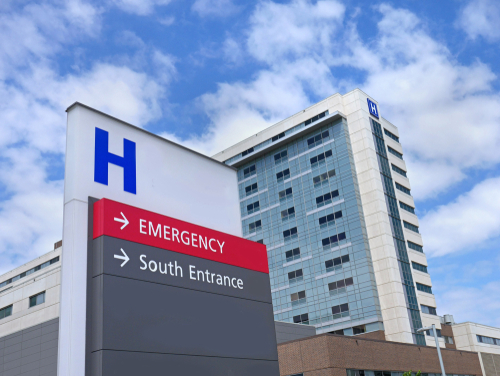Hospitals and healthcare systems are navigating unprecedented complexity. Facility executives are expected to deliver uninterrupted service, modernize aging infrastructure, and comply with mandates, all while managing constrained capital budgets. At the same time, rising energy prices, increased grid volatility, and the growing frequency of extreme weather are putting additional strain on critical systems.

Nonprofit healthcare organizations face these challenges with particularly limited flexibility. Every dollar spent on utilities or maintenance is a dollar not available for patient care, medical research, or staff support. Yet the urgency to upgrade is only intensifying. Facilities must find a way to improve reliability, reduce emissions, and strengthen resilience without diverting resources from their core mission.
In this environment, new partnership models are emerging that can provide practical and strategic solutions.
Case Study: Capital-Free Infrastructure Upgrades at Mass General Brigham
Spaulding Rehabilitation Hospital in Boston, part of the Mass General Brigham (MGB) network, recently upgraded its primary power source through the installation of a distributed energy generation system. Designed to meet the hospital’s dynamic load profile, the system has improved energy efficiency by an estimated 10% over the prior system while significantly lowering operating costs and requiring no upfront capital from the hospital to install.
Rather than requiring a capital outlay from MGB, the project was delivered through a power purchase agreement model. This structure preserved internal funds for patient-centered initiatives and allowed RENEW to oversee installation, optimization, and ongoing system operations. MGB gained the benefits of a high-performance system with long-term reliability, while internal teams remained focused on healthcare delivery.
The project supports MGB’s Strategic Energy Master Plan, a systemwide initiative to reduce energy consumption and emissions. It also demonstrates a scalable model for healthcare institutions seeking to modernize without compromising financial or operational performance.
The Opportunity: Reframing Energy Infrastructure as a Strategic Asset
Energy upgrades are often delayed due to competing demands for the capital budget. However, the MGB example illustrates that these projects can be reframed as strategic investments. When approached through turnkey partnerships, they can deliver measurable improvements in efficiency, cost savings, and reliability.
For healthcare institutions, this model offers several advantages. It reduces exposure to volatile energy markets, addresses deferred maintenance without new debt, and aligns infrastructure investments with institutional goals. Most importantly, it frees up capital and internal bandwidth for patient outcomes.
Healthcare facilities operate under demanding conditions. This is precisely why they are among the most compelling candidates for energy solutions that offer both immediate and long-term value.
Charlie Lord is co-founder and managing principal at RENEW Energy Partners. He brings extensive leadership in carbon finance and sustainability, including launching global programs at C-Quest Capital and founding the largest environmental justice center in the Northeast. He holds degrees from Yale and the University of Virginia School of Law.
